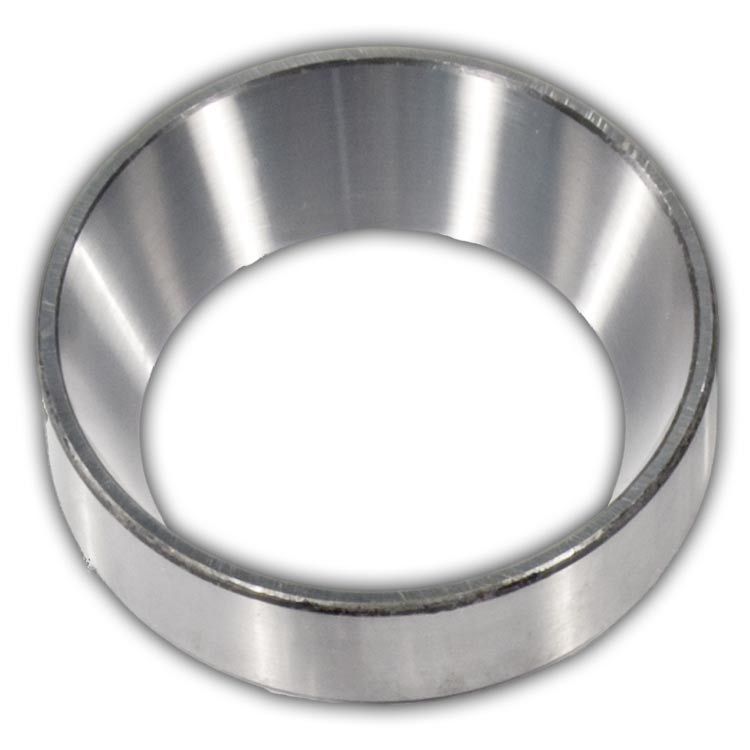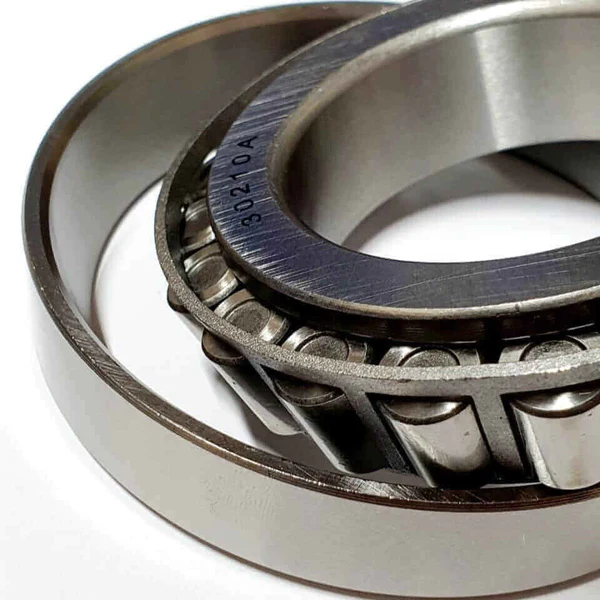
Customization and Machining of Cup Bearings for Specific Applications
Yes, cup bearings can be customized or machined to suit specific applications, and this customization can involve several aspects:
1. Material Selection: Depending on the application’s requirements, cup bearings can be manufactured from different materials such as steel, stainless steel, bronze, or other alloys. The choice of material can impact factors like corrosion resistance and load capacity.
2. Size and Dimensions: Cup bearings can be customized in terms of their inner and outer diameters, width, and overall dimensions to fit the specific space and load requirements of the machinery or equipment they are intended for.
3. Lubrication: Some applications may benefit from special lubrication requirements. Customized cup bearings can be pre-greased with specific lubricants or seals to withstand extreme temperatures, contamination, or other environmental factors.
4. Seals and Shields: In harsh environments, customized cup bearings can be equipped with additional sealing or shielding to protect against contaminants and moisture, ensuring reliable performance in challenging conditions.
5. Load Capacity: Custom cup bearings can be engineered with higher load-carrying capabilities to support heavy loads in specialized machinery, such as construction equipment or industrial presses.
6. Mounting Arrangements: Cup bearings can be customized with unique mounting configurations or flanges to simplify installation or address specific spatial constraints.
7. Coatings: For applications where anti-corrosion properties are essential, customized cup bearings can be coated with materials like zinc or nickel for added protection.
Customization and machining of cup bearings are often carried out by manufacturers or suppliers with expertise in bearing solutions. The goal is to tailor the bearings to meet the precise demands of the application, ensuring optimal performance, reliability, and longevity.

Usage of Cup Bearings in Heavy-Duty and Industrial Machinery
Yes, cup bearings are commonly employed in heavy-duty and industrial machinery applications due to their durability and load-carrying capabilities. These applications include:
1. Construction Equipment: Cup bearings are used in heavy construction machinery such as excavators, cranes, bulldozers, and concrete mixers to support radial and axial loads in harsh working environments.
2. Mining Equipment: Mining machinery, like crushers, conveyors, and drilling rigs, rely on cup bearings to handle the extreme loads and abrasive conditions found in mining operations.
3. Agricultural Machinery: Farming equipment, including tractors and combines, uses cup bearings for various components, providing reliable operation in dusty and challenging farming conditions.
4. Material Handling: Industrial material handling equipment, like forklifts, conveyors, and packaging machinery, depends on cup bearings for smooth movement and load support.
5. Heavy Manufacturing: In manufacturing settings, cup bearings are integrated into machinery such as presses, stamping equipment, and injection molding machines to facilitate precision movement and support heavy loads.
6. Automotive Manufacturing: Cup bearings play a crucial role in automotive manufacturing processes, ensuring the functionality of robotic arms, conveyors, and assembly line equipment.
7. Marine and Offshore: Machinery used in marine and offshore applications, including winches, cranes, and propulsion systems, rely on cup bearings to withstand saltwater exposure and heavy loads.
8. Power Generation: In power plants, cup bearings are used in generators, turbines, and other machinery to support rotational elements, demonstrating their ability to handle high temperatures and forces.
These examples illustrate the versatility and resilience of cup bearings, making them a valuable choice for various heavy-duty and industrial machinery applications.

Components of a Cup Bearing Assembly and Their Roles
A cup bearing assembly consists of several components, each with a specific role in its operation:
1. Cup (Outer Ring): The cup, often referred to as the outer ring, is a hardened steel component with a precisely machined raceway. It serves as the outer race and provides structural support for the bearing. The cup’s role is to maintain the proper distance and alignment between the rollers.
2. Cone (Inner Ring): The cone, or inner ring, is another hardened steel component. It has a matching raceway that fits with the cup’s raceway. The cone serves as the inner race and contains the rolling elements. Its role is to maintain proper alignment and spacing of the rolling elements.
3. Tapered Rollers: Tapered rollers are the rolling elements that transmit the loads and facilitate smooth rotation. They are arranged between the cup and cone and are designed with a tapered shape to distribute loads evenly along the raceways, reducing the risk of edge loading and premature wear.
4. Cage (Retainer): In some cup bearing assemblies, a cage or retainer is used to maintain the spacing and orientation of the rollers. The cage ensures that the rollers do not come into direct contact with each other, reducing friction and wear while promoting smooth rolling.
5. Lubrication: Proper lubrication is crucial for the efficient operation of cup bearings. Lubricant, often grease or oil, reduces friction, dissipates heat, and minimizes wear. It also helps prevent corrosion and extends the bearing’s service life.
6. Seals and Shields: In many cup bearing applications, seals and shields are employed to protect the bearing’s internal components from contaminants and moisture. Seals create a barrier to prevent the entry of foreign particles, while shields provide limited protection while allowing some ventilation.
7. Bearing Housing: The bearing assembly is often mounted within a bearing housing, which secures it in place and aligns it with the rotating shaft. The housing provides support and ensures proper axial and radial alignment of the cup bearing.
All these components work together to facilitate the smooth and reliable operation of a cup bearing, handling various loads while minimizing friction and wear, thereby extending the bearing’s lifespan and contributing to the efficiency of the machinery it serves.


editor by CX 2024-04-23